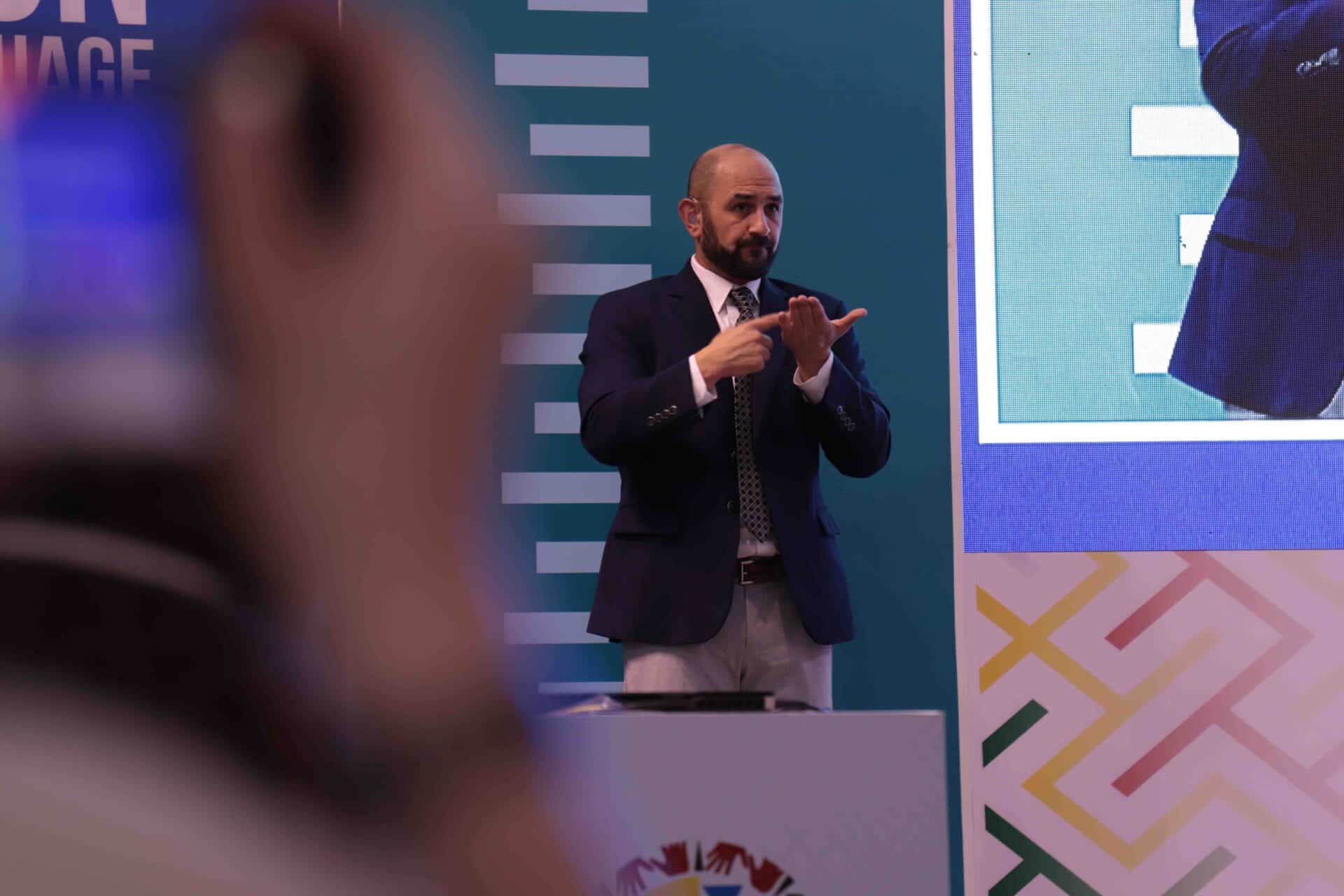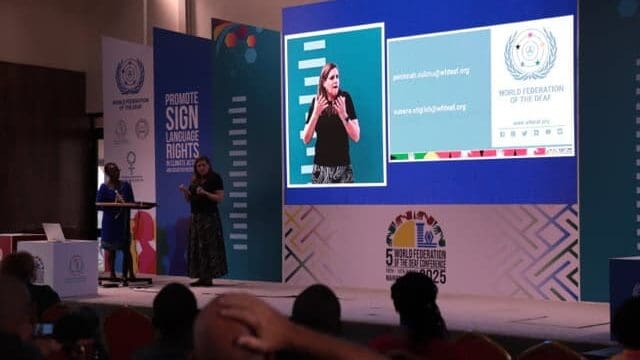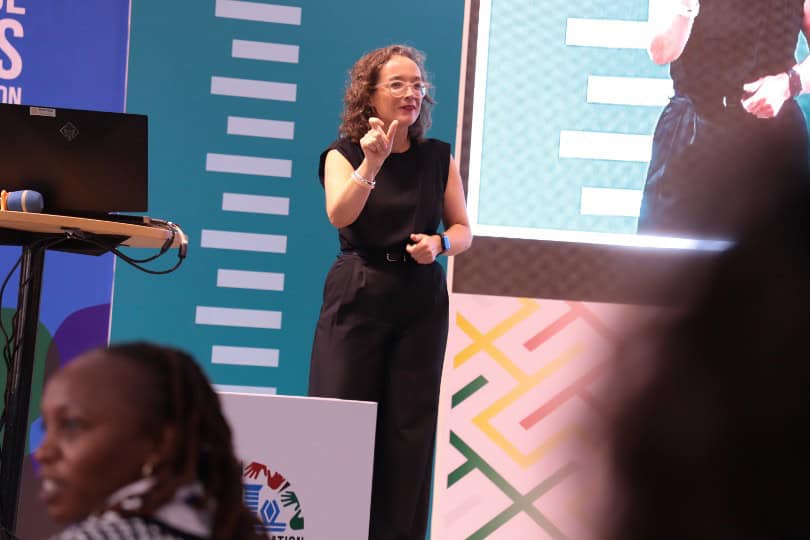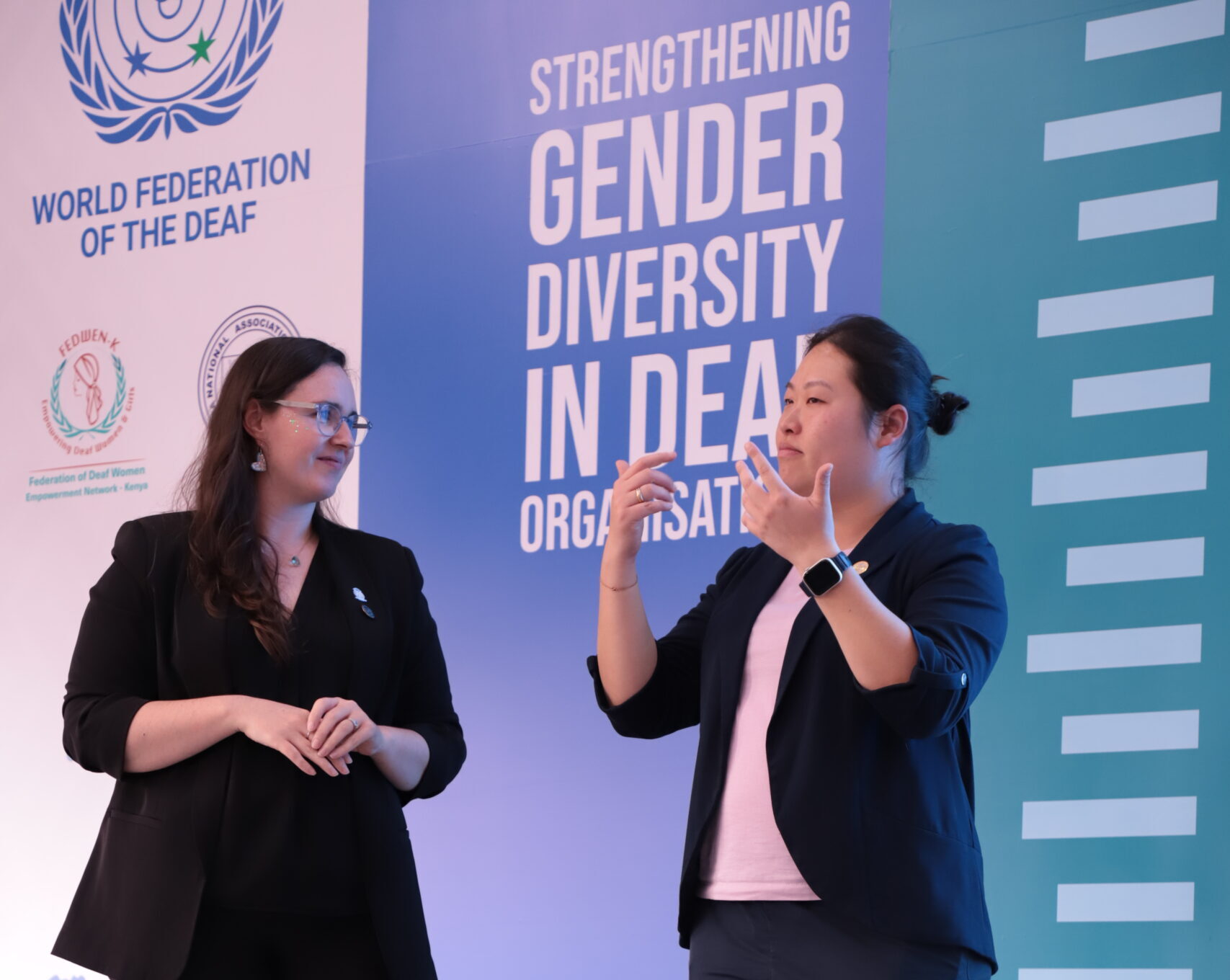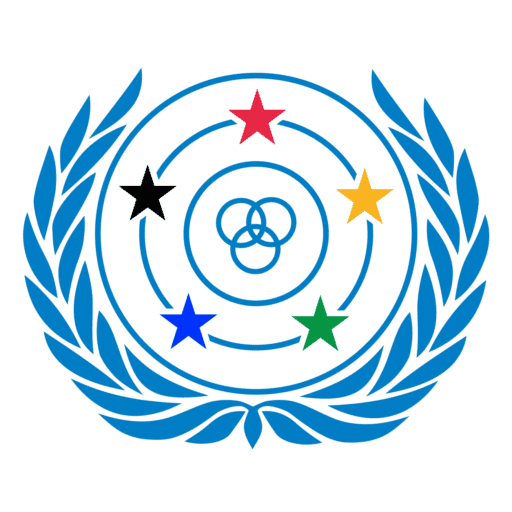PRESS RELEASE
Helsinki, Finland, 10 June 2017: The World Federation of the Deaf (WFD) regrets that the world’s health ministers missed an opportunity to acknowledge what researchers have been saying for decades: sign language is beneficial for every deaf child. Sign language has not been given priority in the newly adopted resolution for prevention of deafness and hearing loss.
The World Health Assembly (WHA) resolution (EB139.R1) mentions “… recognizing that the targets of Goal 4 (Ensure inclusive and equitable quality education and promote lifelong learning opportunities for all) explicitly mention persons with disabilities, and that unaddressed hearing loss greatly hinders their education and academic outcomes”. The WFD would like to clarify that the Sustainable Development Goals (SDGs) Goal 4 does not say anything about unaddressed hearing loss. The goal emphasises the importance of taking measures to ensure that education facilities are suitable for all and provide safe, nonviolent, inclusive and effective learning environments. The WFD stresses that article 24 of the UN Convention on the Rights of Persons with Disabilities (CRPD) obliges states parties to provide education in sign language and ensure that teachers are fluent in sign language. As highlighted in the WFD Position Paper on the Language Rights of Deaf Children, deaf children face barriers in education if teachers and peers are not fluent in sign language that can result in illiteracy. The key is to make sure that deaf children are exposed to sign language as early as possible.
Another issue that worries the WFD in the WHA resolution is “… to improve access to means of communication through promoting alternative methods of communication, such as sign language and captioning.” This point does not reflect sign language as first language of deaf children and does not recognise sign language being a fully-fledged language that is equal with spoken languages. Article 2 of the CRPD states clearly that sign languages are true languages. Article 21 of the CRPD requires national governments to accept and promote the use of sign languages. From this perspective it is not appropriate to consider sign language as option or alternative method of communication. The WFD Position Paper highlights research based information on the early acquisition of sign language leading successful linguistic development of deaf children. National governments should be encouraged to provide sign language training to families of deaf children.
The WFD continues its advocacy work to raise awareness of people working in health care on sign language and deaf culture. WFD Board Member Mr Kasper Bergmann will attend a stakeholders’ meeting for the World Health Organisation programme on prevention of deafness and hearing loss in July 2017.
The press release can be downloaded at our Resources page here.

